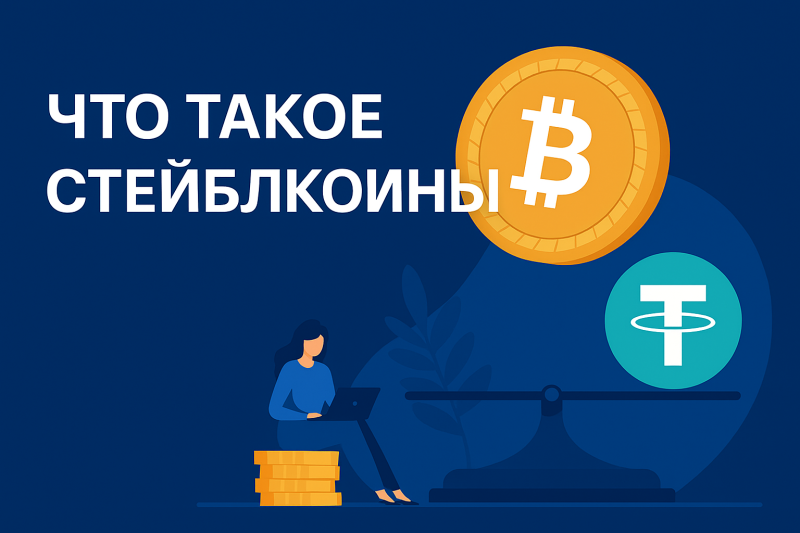Cryptocurrencies are becoming an integral part of the digital economy. More and more people around the world are thinking about using them—for investment or daily transactions. However, before you can start using cryptocurrency, you need to create a crypto wallet. This is your "key" to digital money, and understanding the process is essential for financial security in the crypto world.
This complete guide will walk you through how to choose, set up, configure, and secure your crypto wallet.
What Is a Crypto Wallet and Why Do You Need One?
A crypto wallet is a tool that allows you to manage your cryptocurrency assets: send, receive, store, and track your balance. It contains two main components:
- Public address – like a bank account number. Share this to receive funds.
- Private key – like a PIN code. It gives access to your assets. If you lose or leak your private key, you lose access to your funds.
Without a wallet, you can’t interact with the blockchain—the decentralized system that holds your funds.
Types of Crypto Wallets: Pros and Cons
Choosing the right wallet starts with understanding its type. Each comes with its own strengths:
1. Online Wallets (Web Wallets)
- Examples: Blockchain.com, Coinbase.
- Accessed through a browser.
- Pros: Convenient, no installation needed.
- Cons: Vulnerable to hacks, relies on third-party services.
2. Mobile Wallets
- Examples: Trust Wallet, Metamask (mobile), Exodus.
- Installed on smartphones.
- Pros: Handy and beginner-friendly.
- Cons: Depends on your phone's security.
3. Desktop Wallets
- Examples: Electrum, Atomic Wallet.
- Installed on a computer.
- Pros: More control, often support advanced features.
- Cons: Risk of malware and system failure.
4. Hardware Wallets
- Examples: Ledger Nano, Trezor.
- Physical devices connected to a computer when needed.
- Pros: Maximum security.
- Cons: Costly, less convenient for frequent use.
5. Paper Wallets
- Example: Printed private key and address.
- Pros: Immune to online hacks.
- Cons: If lost or damaged—access is gone.
How to Choose a Wallet: Key Factors
- Security level: Hardware wallets are best for large amounts.
- Ease of use: Mobile and desktop wallets are great for beginners.
- Coin support: Not all wallets support every crypto.
- Open source vs. closed: Open source wallets offer transparency.
- Extra features: Built-in exchange, staking, NFT support, etc.
Step-by-Step: Creating a Crypto Wallet (Example: Trust Wallet)
Step 1: Installation
- Download the app from the official App Store or Google Play.
- Verify it's the official version.
Step 2: Create a New Wallet
- Tap "Create a New Wallet."
- Accept the terms of use.
- You’ll see a 12-word recovery phrase (seed phrase).
Step 3: Write Down and Save the Seed Phrase
- Write it on paper and store it in a safe place.
- Never save it in digital notes or cloud storage.
- Don’t share it with anyone.
Step 4: Confirm the Seed Phrase
- You’ll be asked to enter the phrase in the correct order.
- After confirmation, your wallet is ready.
Step 5: Add Coins and Manage Your Wallet
- Add desired cryptocurrencies.
- Use "Receive" and "Send" to transact.
- Enable notifications and adjust security settings.
How to Fund Your Wallet
- Select a coin (e.g., BTC, ETH, USDT).
- Tap "Receive."
- Copy your public address or scan the QR code.
- Use this to receive crypto from exchanges or other users.
Security Tips
- Use unique passwords and 2FA whenever possible.
- Never enter your seed phrase on unknown websites.
- Store private keys and seed phrases offline.
- Use hardware wallets for large amounts.
- Keep your apps and firmware updated.
Common Beginner Mistakes
- Saving the seed phrase in email or cloud services.
- Installing wallets from unofficial sources.
- Sending coins to the wrong address (watch out for network types: USDT-ERC20 vs. USDT-TRC20).
- Ignoring transaction fees.
- Rushing transfers without double-checking addresses.
Conclusion
Creating a crypto wallet is your first step into the world of decentralized finance. While it may seem complex at first, it’s accessible to anyone. By following instructions and staying mindful of security, you can confidently manage your digital assets and enjoy the benefits of the crypto economy.


